|
CANAKKALE | TROY: PRIAM’S KINGDOM
Aftert arranging this tour through the fabulous company Travel Dynamics, I arrived at Canakkale for an excursion to the famous city of Troy, site of Odysseus’ embarkation. Troy consists of nine cities, superimposed in rings on a massive mound rising above the “windswept” Plain of Ilium. It was to one of these cities, as legend has it, that Paris abducted the beautiful Helen, igniting the Trojan War. Here, the city of King Priam finally fell to Odysseus’ clever ruse of the Trojan Horse.
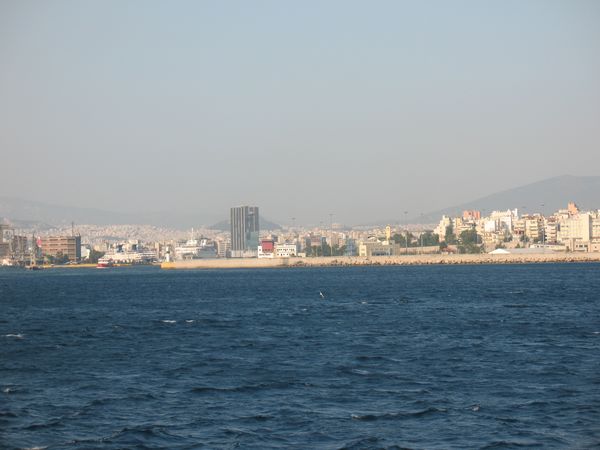
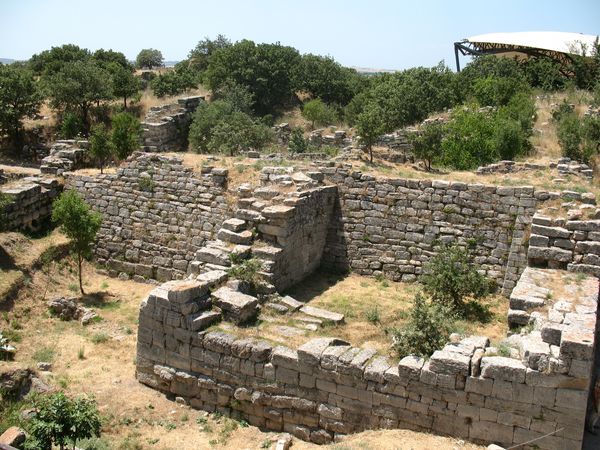
The remains of Troy.
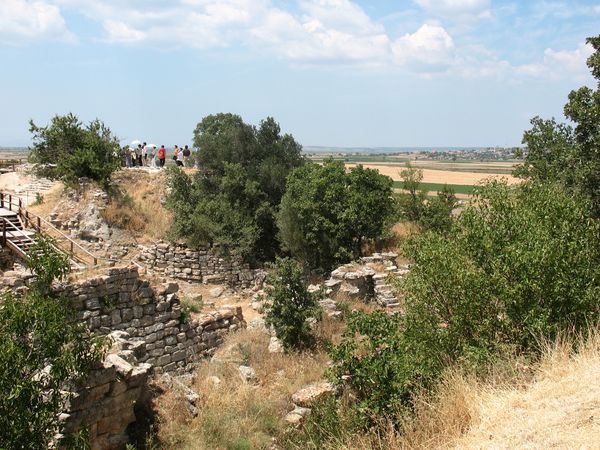
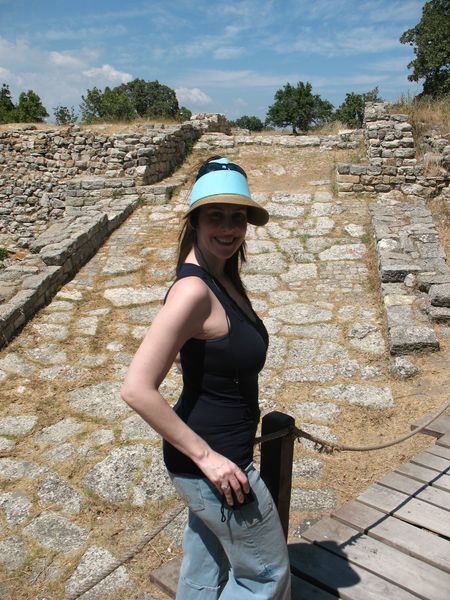
The gateway into the city. Was the Trojan horse pulled up this same ramp?
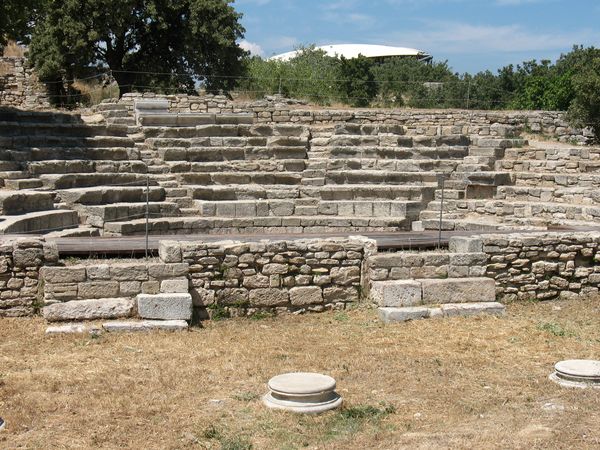
The Roman Odeon, built under the leadership of Augustus.
PYLOS
At the foot of a promontory in Navarino Bay is the attractive little town of Pylos, site of the famed Palace of Nestor, a Mycenaean palace dating from the 13th century B.C. Here, I visited the royal residence, with apartments of officials and staterooms replete with Mycenaean palatial architecture.
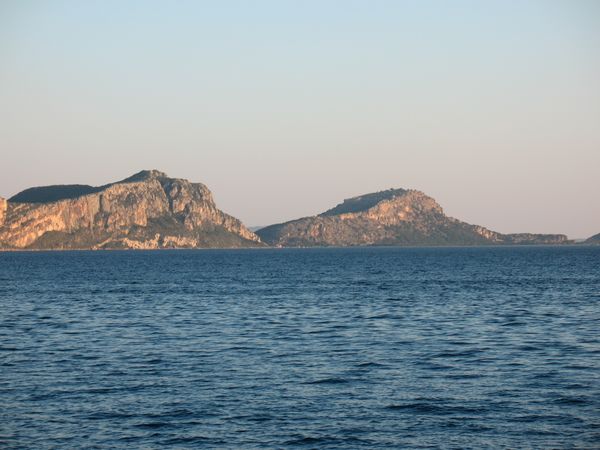
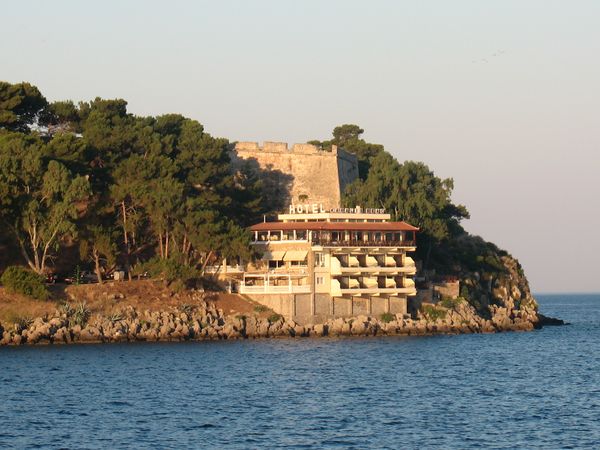

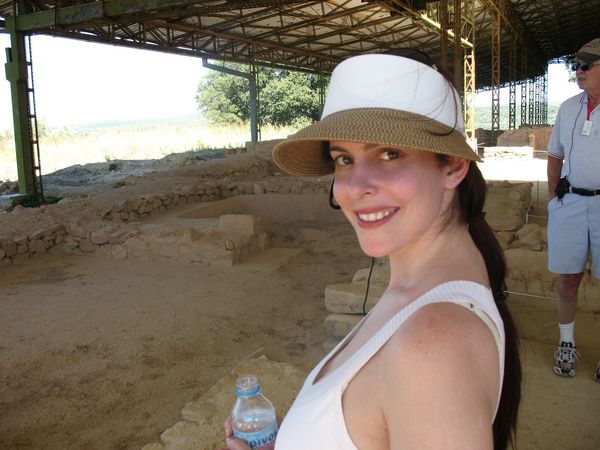
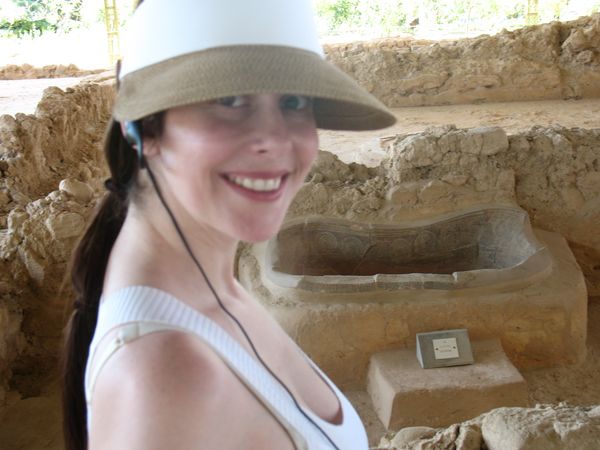
In The Odyssey, Telemachus was bathed at King Nestor’s Palace. Was this the same bathtub?
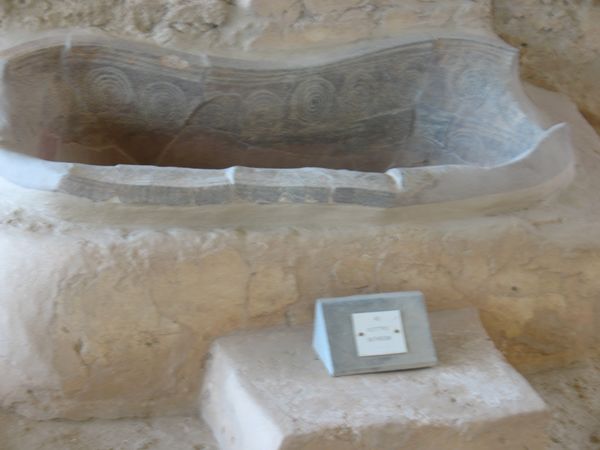
Up close look at the bathtub
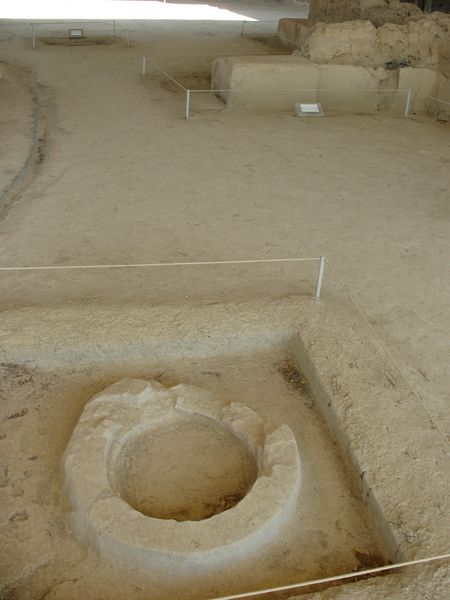
The remains of a pillar
VALLETTA, MALTA
On Malta, I explored St. John’s Co-Cathedral, the sacred megaliths at Hagar Qim and the Neolithic temple structures at Tarxien.
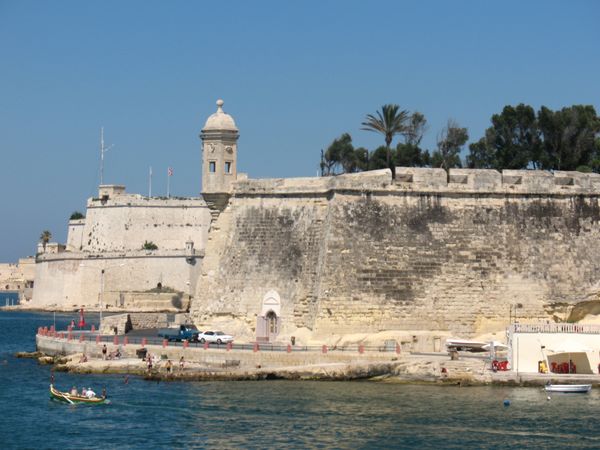
Harbor at Valletta
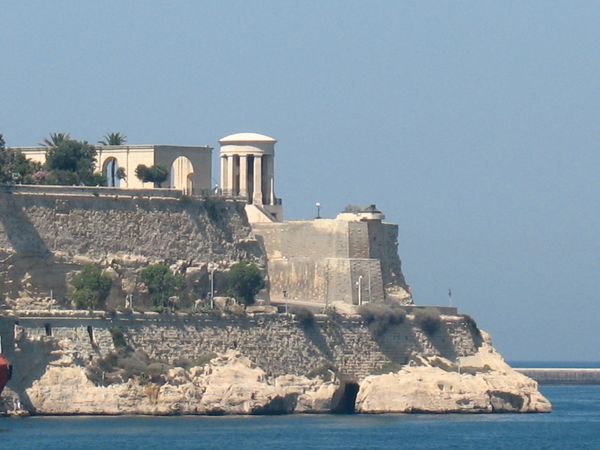
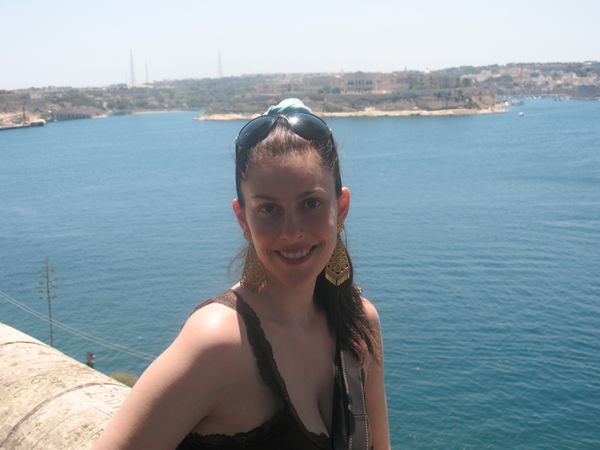
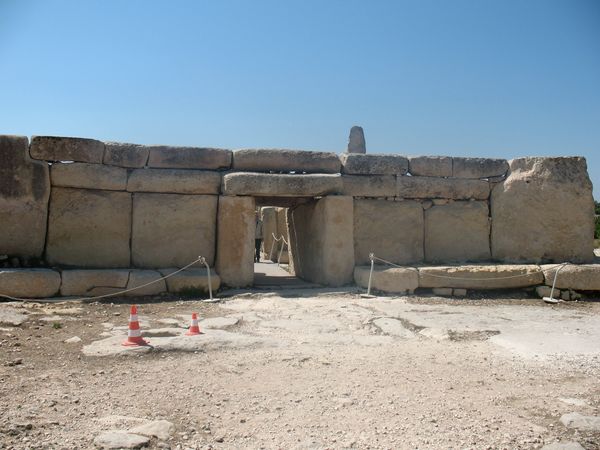 Hagar Qim, the megalithic temple complex dating back more than five thousand years (older than Stonehenge) Hagar Qim, the megalithic temple complex dating back more than five thousand years (older than Stonehenge)
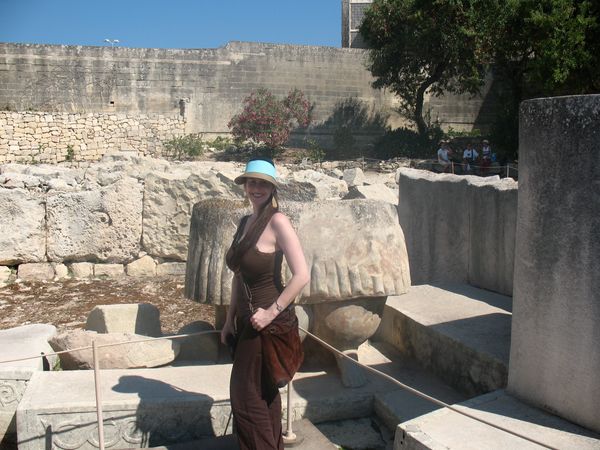
The Neolithic Temple at Tarxien
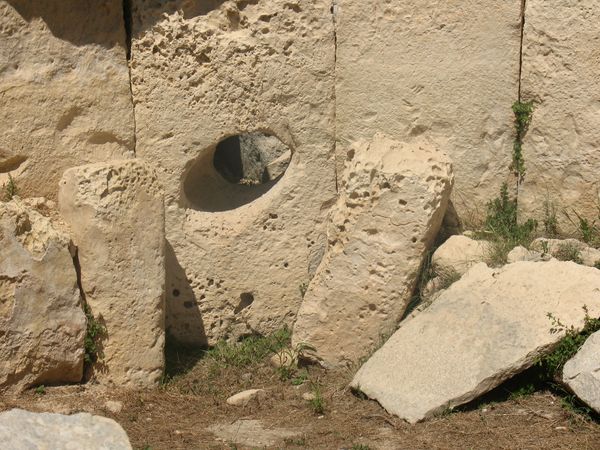
The oracle hole at Tarxien, where worshipers may have come to receive advice from the oracle.

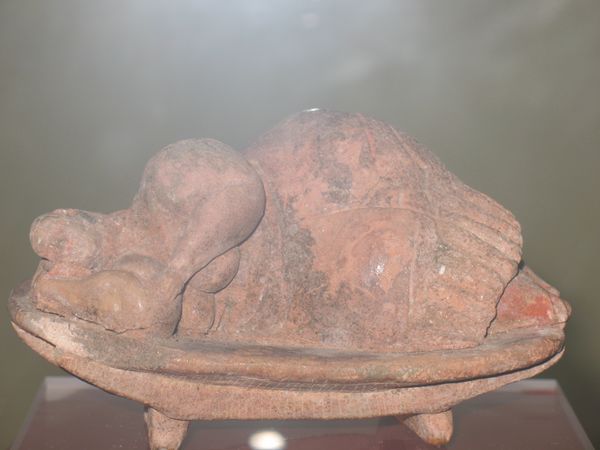
The mother-goddess
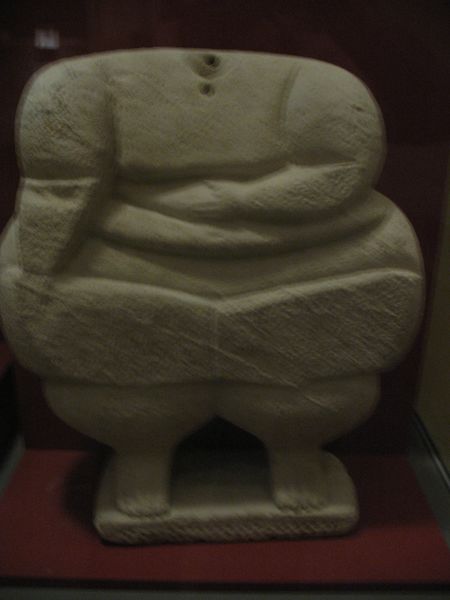
SICILY, ITALY: LAND OF THE LAESTRYGONIANS
I began the morning at Trapani on Sicily’s west coast, where legend has it the cannibal Laestrygonians attacked Odysseus and his companions. After visiting the picturesque medieval mountain town of Erice, built on ancient Carthaginian and Roman remains, I climbed to the Doric temple of Segesta, one of the grandest monuments of antiquity.
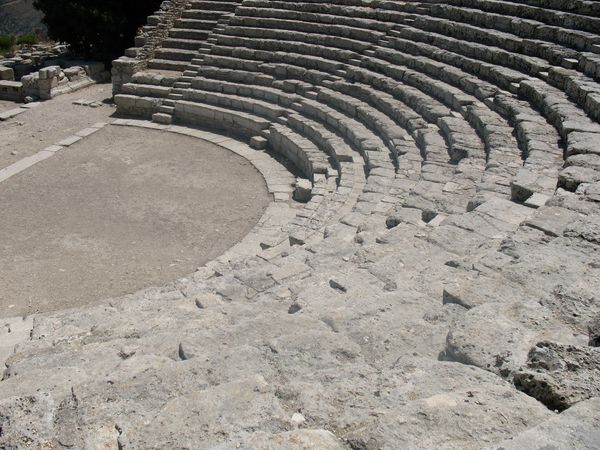
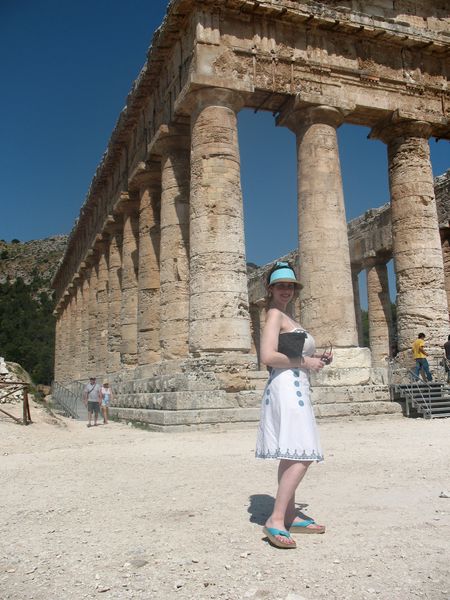
The Doric Temple at Segesta
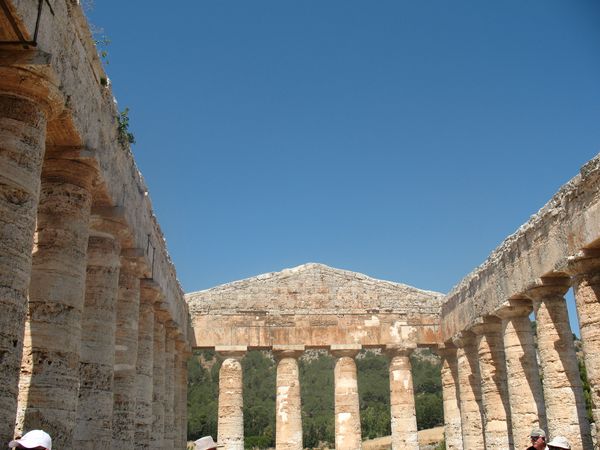
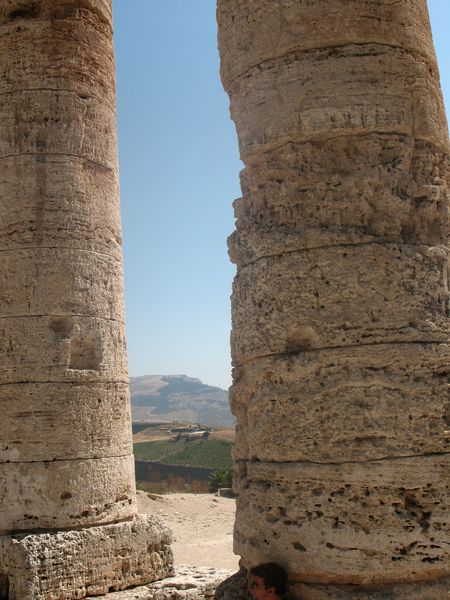
Ancient pillars
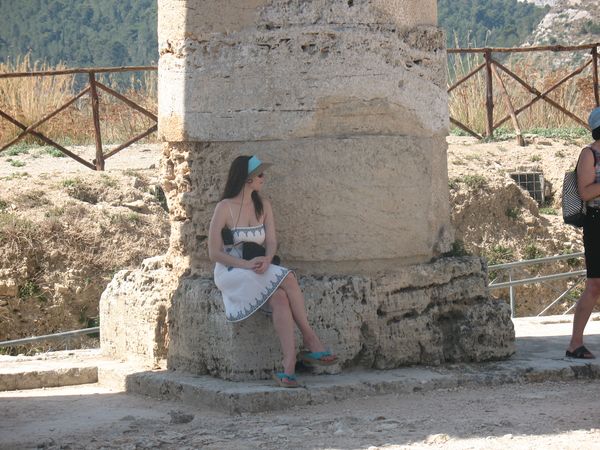 Resting in the shade. It was well over a hundred degrees that day. Resting in the shade. It was well over a hundred degrees that day.
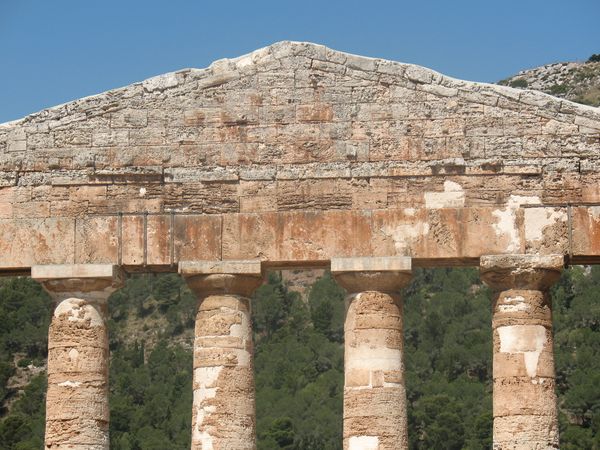
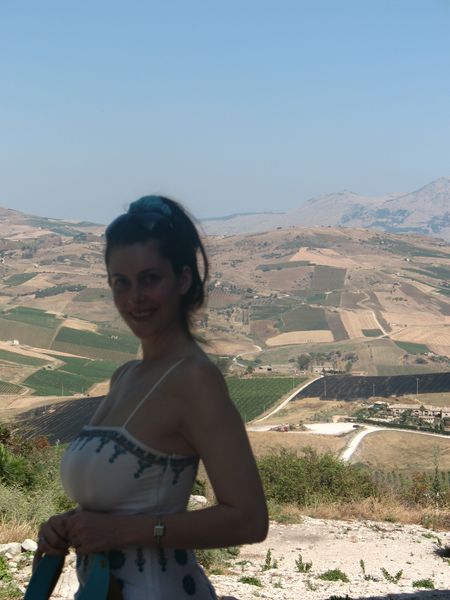
View from Segesta over Sicily
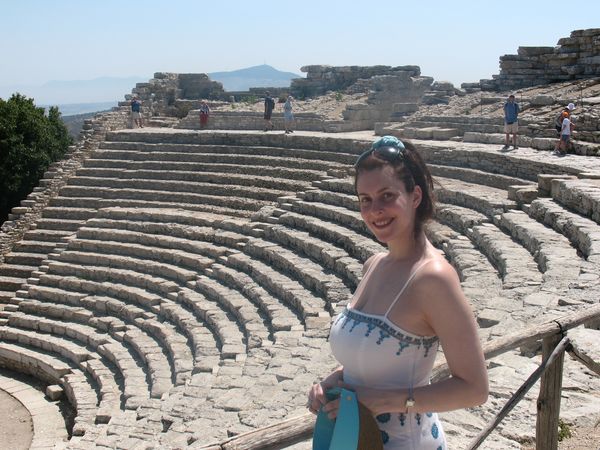
Greek amphitheater
|
NAPLES: LAND OF THE CYCLOPS OR POMPEII
Naples is home to the Phlegrean Fields, where Odysseus and his men confronted and were captured by Polyphemus, the Cyclops. If you’re driving to the Fields, you’ll pass Lago d’Averno, the ancient Avernus Lake, home of the Cimmerians in The Odyssey, and Lago di Fusaro, the ancient Archerusian Lake, where Odysseus entered Hades.
Of course, Naples is also famous for its site of Pompeii, the city which was both destroyed and preserved by the eruption of Mount Vesuvius in A.D. 79.
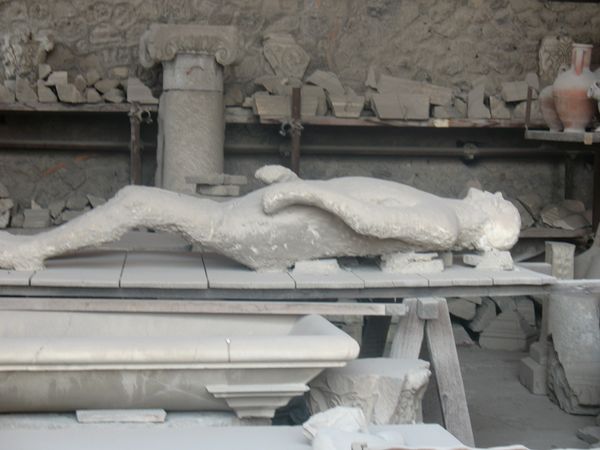
When Mount Vesuvius exploded and covered the ancient city of Pompeii in lava and asha, some of the people (inlcuding a dog) were buried in 25ft of burning ash. In these following photos, you can see a pregnant woman lying down, a young boy covering his face with a scarf, abandoned amphorae, and a dog who had been left behind and couldn’t escape because he was chained up (sniff). The hollow space left by the bodies in the hard lava was injected with plaster and that’s how these casts were made.
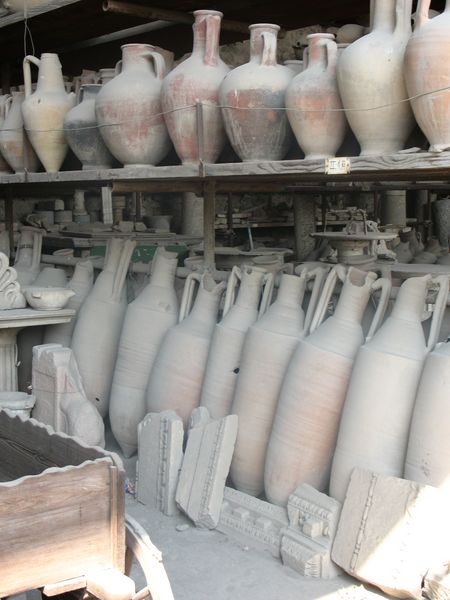
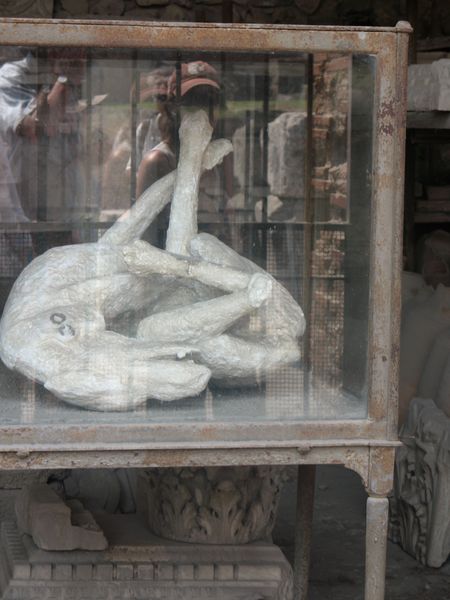
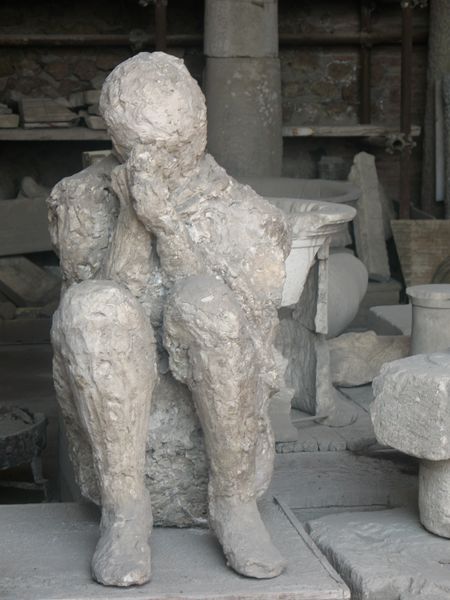
“Thus have the gods spun the thread for wretched mortals: that they live in grief while they themselves are without cares; for two jars stand on the floor of Zeus of the gifts which he gives, one of evil and another of blessings.” Homer, The Iliad
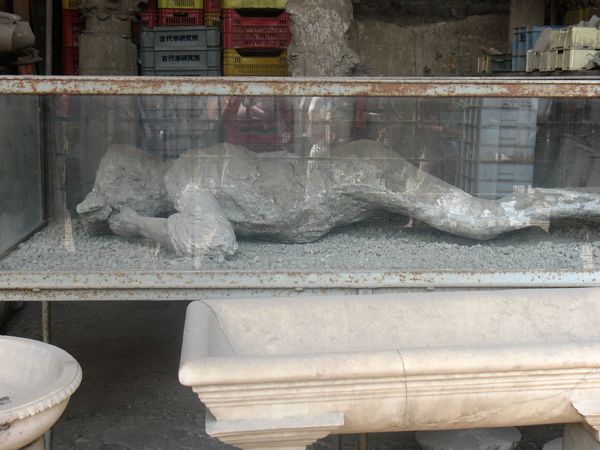
“A generation of men is like a generation of leaves; the wind scatters some leaves upon the ground, while other burgeoning wood brings forth – and the season of Spring comes on. So of men one generation springs forth and another ceases.” Homer, The Iliad.
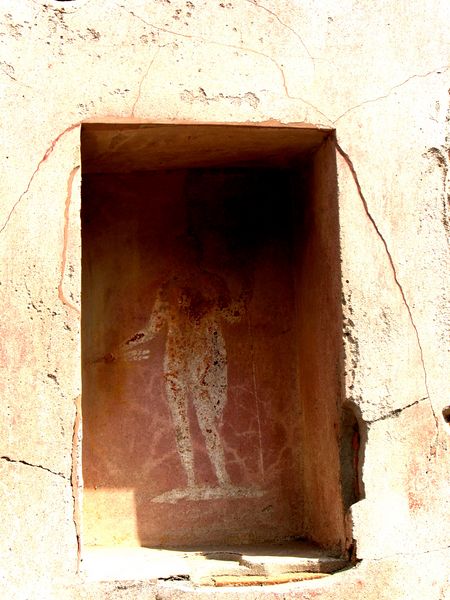
The Lares were gaurdian spirits which protected members of the household. They were often painted in niches and given bread/oil/wine.
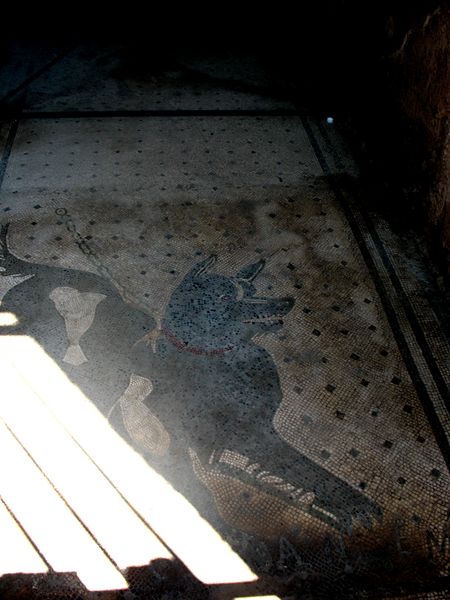
Cave Canem: Beware of Dog. Many houses had similar mosaics warning visitors to beware of the gaurd dog.
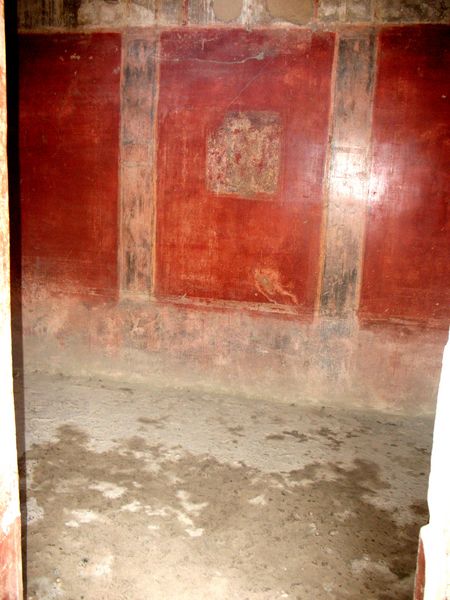
Triclinium: dining room
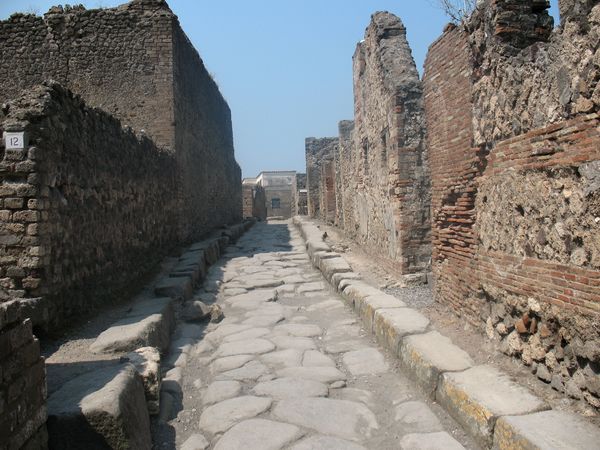
The streets of Pompeii
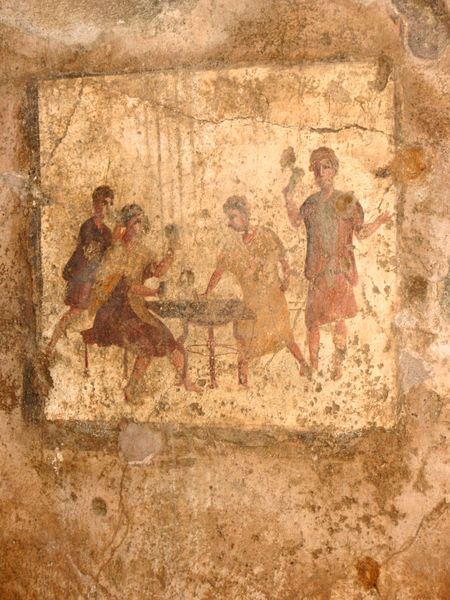
In this painting, a group of men play dice.
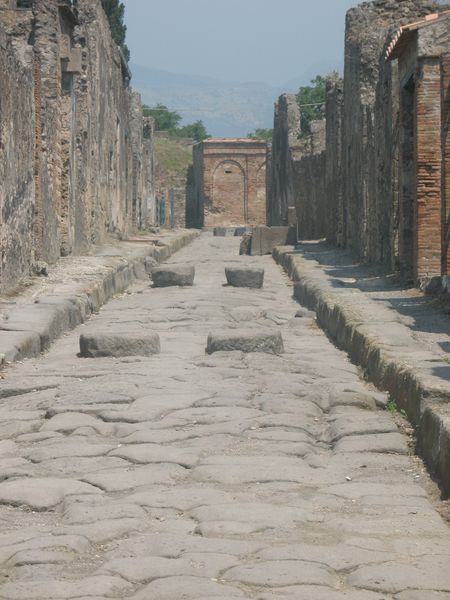
The roads of Pompeii were filled with dirty water and grime, so large stones were built on which the inhabitants could cross from street to street without dirtying their feet. Also apparent in this photo are the small white stones – cat’s eyes – which reflect the moon at night and would have illuminated the inhabitants’ way.
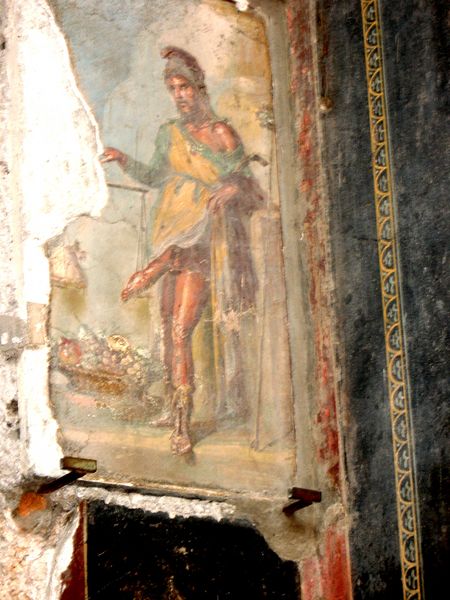
In the House of the Vettii is an image of the well-endowed Priapus. When King Francis I of Naples visited Pompeii in 1819 with his wife and family, he was so shocked by the amount of erotic imagery that he ordered the mosaics and paintings of Pompeii to be locked away.
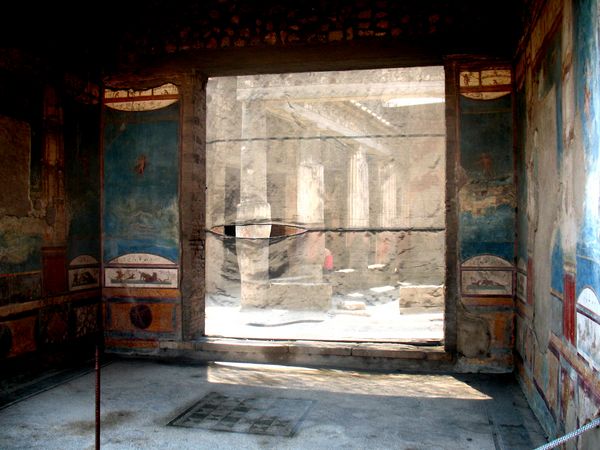
The House of the Ancient Hut was built around a typical atrium style plan.
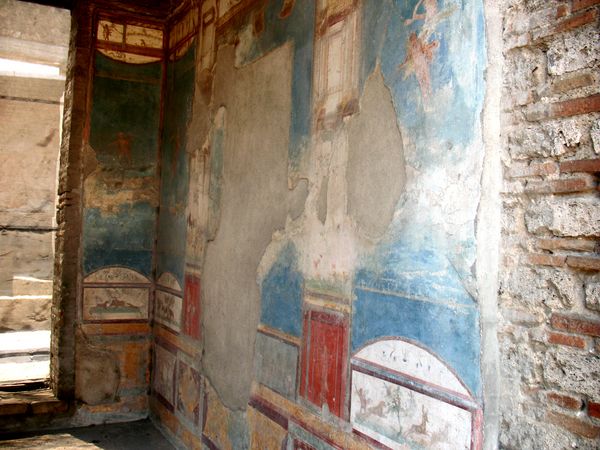
Sumptuous frescoes are found throughout the House of the Ancient Hut. Grafitti can be found throughout Pompeii as well, one line of which reads, “Celadus the Thracian gladiator is the delight of all the girls.”
TAORMINA: THE KINGDOM OF HELIOS IN MESSINA, SICILY
I crossed the Strait of Messina, the site of the legendary jaws of Scylla, a terrifying six headed monster, and Charybdis, a treacherous whirlpool. Odysseus was cast ashore in the Kingdom of Helios, modern Taormina, where his companions slaughtered and ate the sacred oxen. To avenge the death of his beloved oxen, Helios sent a lightning bolt that destroyed their ship, drowning all aboard except Odysseus. Picturesque Taormina is situated on a mountainside affording magnificent views of Mount Etna. After visiting the superbly situated Greek theater, built in the 3rd century B.C, I walked through the cobblestoned lanes of the city.
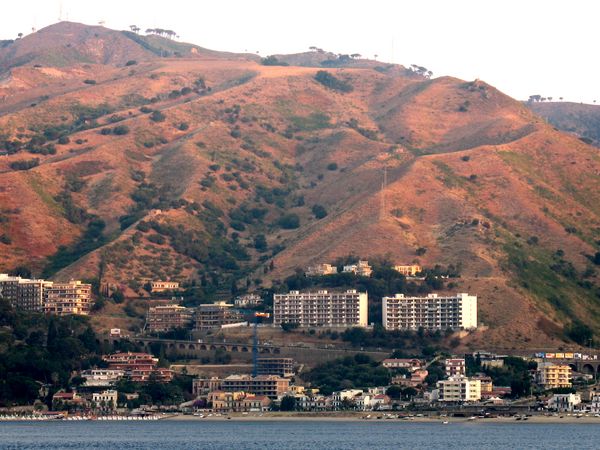
The coast of Sicily
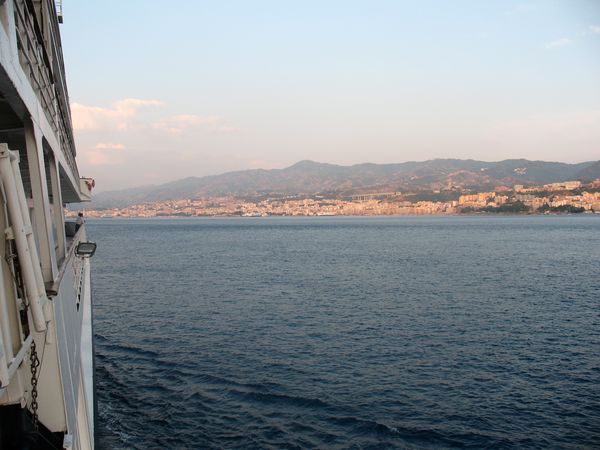
The “wine dark” seas
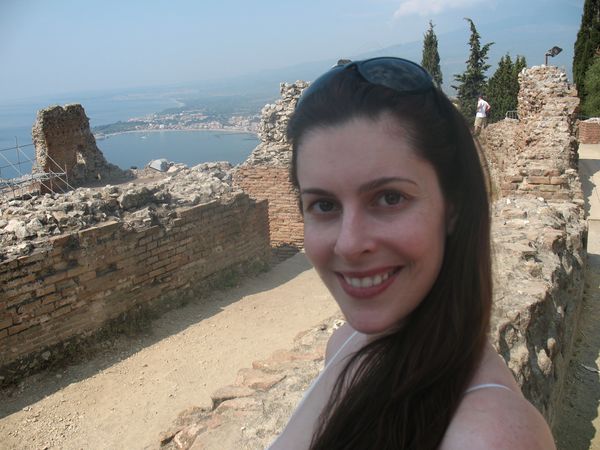
Above my sunglasses you can see Mount Etna venting steam. I’m standing on the top of an ancient Greek theatre in Taormina.
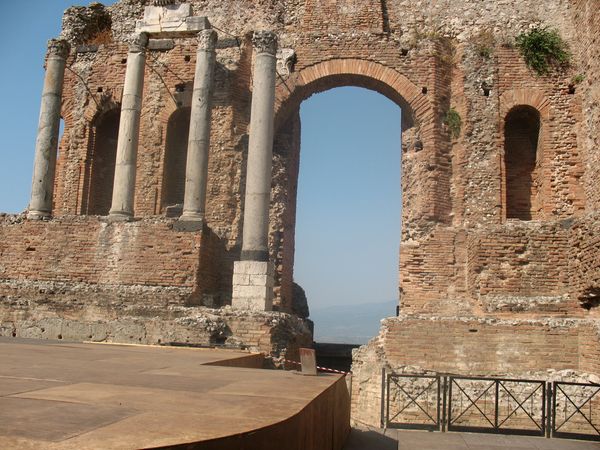
The theatre’s occupants would have looked out onto the mountains and the sea.
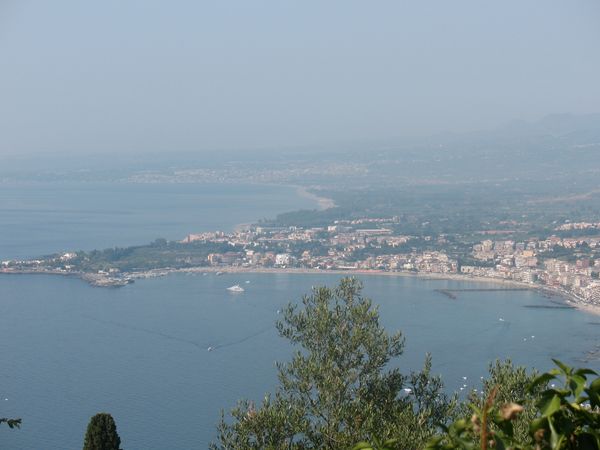
View from the top.
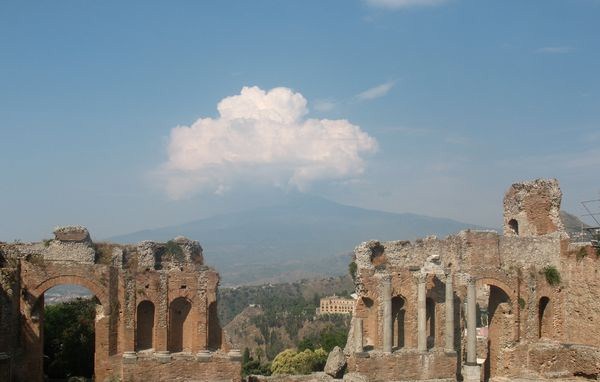
The theatre’s ruins.
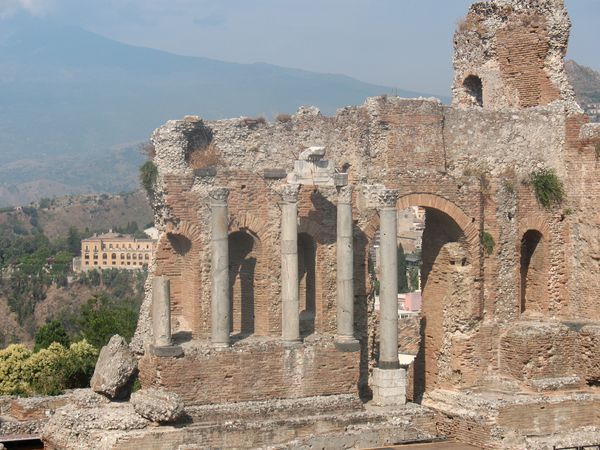
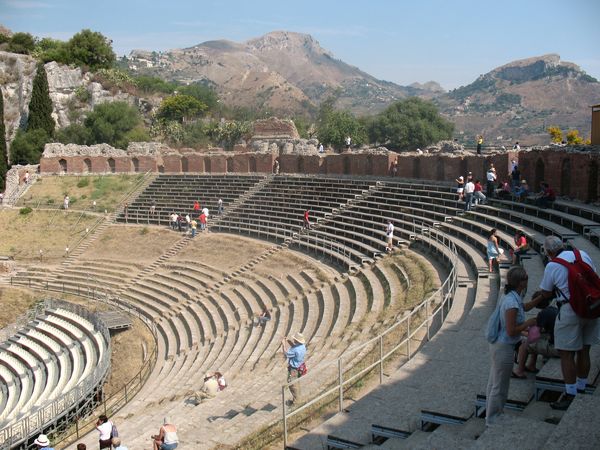
The Greek theatre is surprisingly well intact, given that it dates back to the 3rd century BC
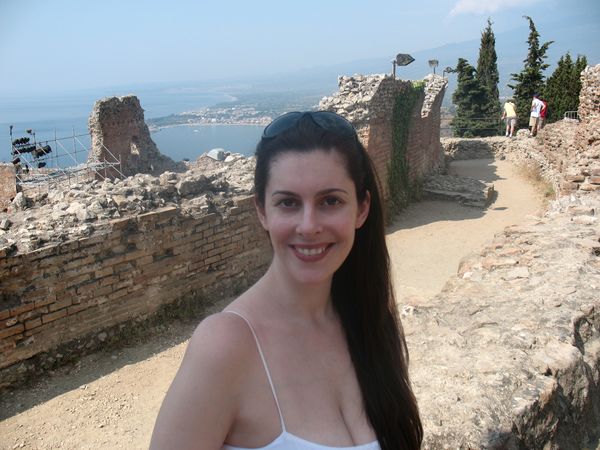
ITHACA, GREECE: THE HOME OF ODYSSEUS | CORINTH CANAL
Our last stop was in Ithaca, the legendary home of Odysseus. After visiting the bay of Dexia, Homer’s harbor of Phorkys, where the Phaeacians left the sleeping Odysseus on the beach, I viewed the Cyclopean Walls (Alalkomenai), a ruined site known locally as Odysseus’ Castle. On the Plateau of Marathia, Odysseus’ loyal servant Eumaeus kept his swine.
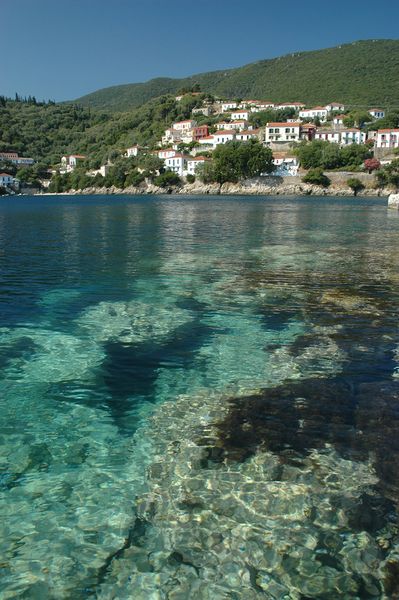
The waters of Ithaca are completely clear
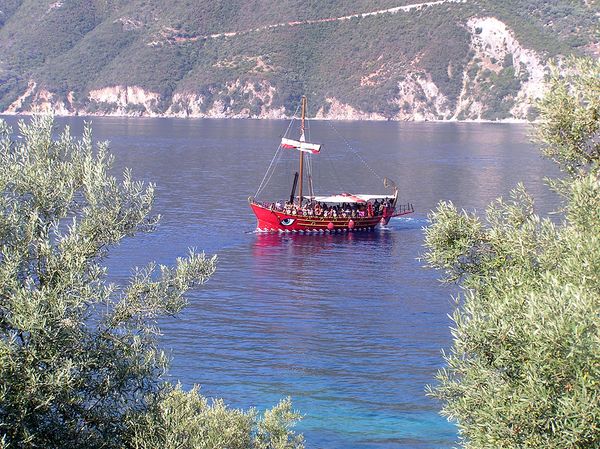
Odysseus returns!
|
|

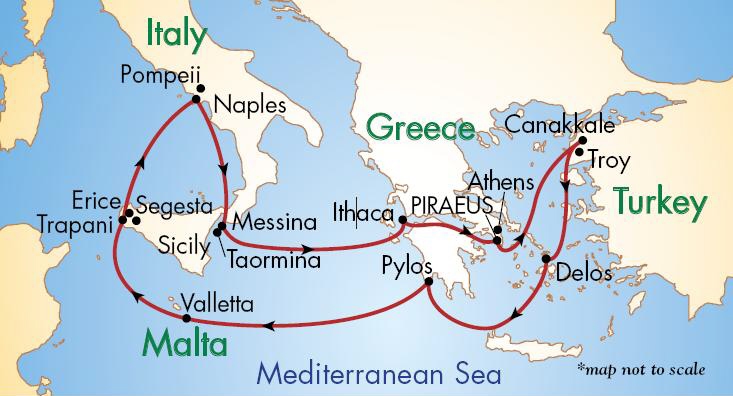















 Hagar Qim, the megalithic temple complex dating back more than five thousand years (older than Stonehenge)
Hagar Qim, the megalithic temple complex dating back more than five thousand years (older than Stonehenge) 








 Resting in the shade. It was well over a hundred degrees that day.
Resting in the shade. It was well over a hundred degrees that day. 



























